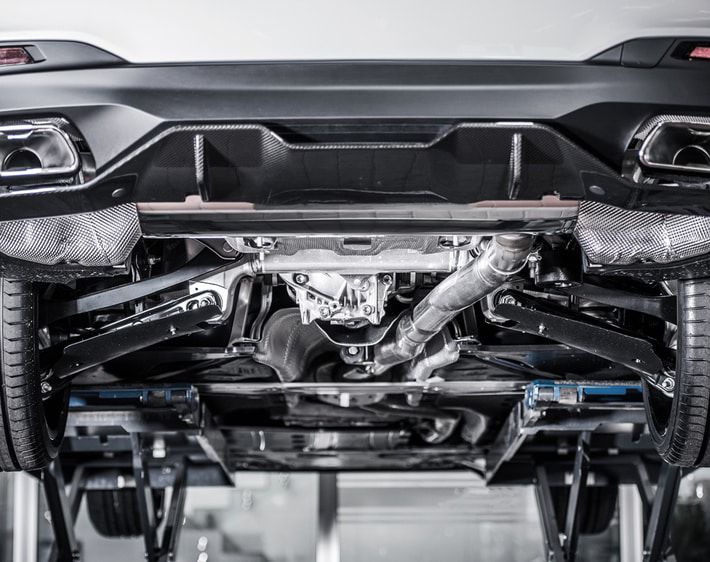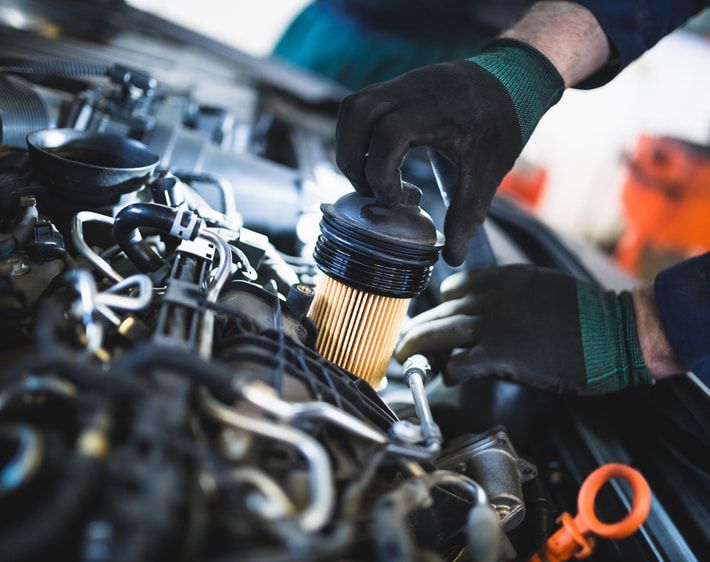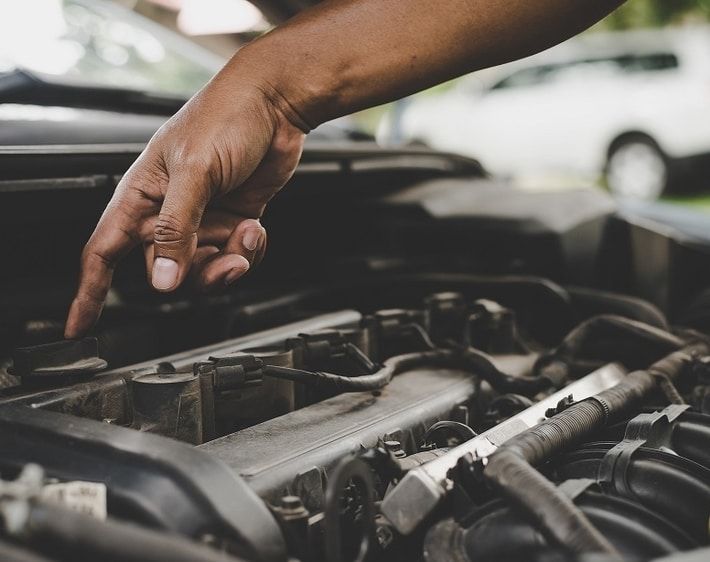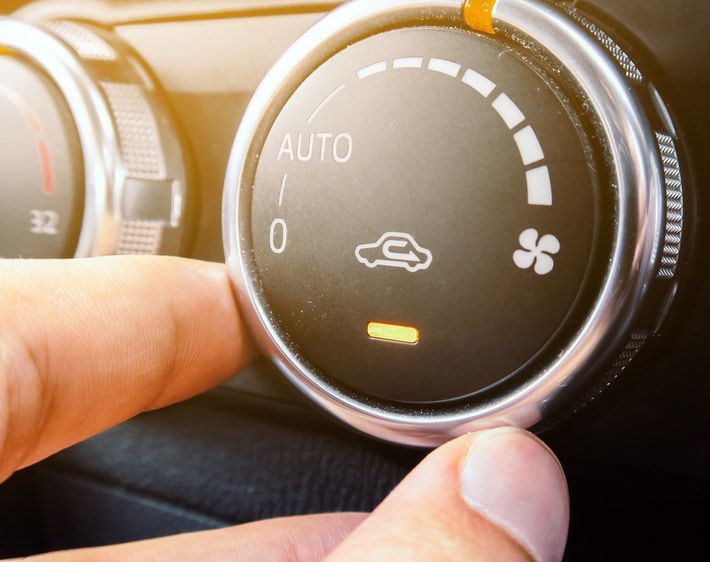A car’s drivetrain includes all of the components necessary to transfer the engine’s energy to its wheels in order to make your vehicle move. If you’ve ever talked about rear-wheel drive (RWD) or front-wheel drive (FWD), for example, you’ve talked about a vehicle’s drivetrain. Learn more about drivetrain, what it does for your vehicle, and how you can help keep it in tip-top shape.
What Does the Drivetrain Do?
A car’s drivetrain connects the engine to the wheels enabling the vehicle to move. As the engine runs, the drivetrain helps send power through the transmission to the drive wheels. The drive wheels can be either the front wheels, rear wheels, or all the wheels — also known as front-wheel, rear-wheel, and all-wheel drive.
Parts of a Drivetrain
The drivetrain consists of a few components that allow the system to operate.
- Transmission: Transfers power from the engine to the wheels, but also enables gear-shifting in accordance to driver needs.
- Driveshaft: The driveshaft is a steel or aluminum cylinder that connects the U-Joint at the back of many transmissions to the U-joint near the rear axle. The driveshaft allows the transmission to provide torque to the wheels.
- CV Joint: A constant-velocity joint (CV joint) is designed to bend in any direction, allowing your axle to move with your vehicle while still turning the drive wheels. CV Joints are typically found on front-wheel drive vehicles where the driving shaft (typically called a half shaft) connects the front axle to the front driving wheels.
- U-Joint: The universal joint (U-joint) is a flexible point on the driveshaft (usually at both ends) that allows the shaft to pivot and move when the vehicle goes over bumps or dips in the road.
- Differential: The differential is a term that commonly refers to the housing containing the axle gears and the differential. It is typically positioned in the middle of the axle and distributes equal power to each drive wheel. The differential is on the drive wheels' axle — so the front axle for front-wheel drive, the rear axle for rear-wheel drive, and both axles for all-wheel drive.
- Axle Shafts: On either side of the rear differential are the axle shafts. The axle shafts help deliver power from the differential to the rear drive wheels.
How Does the Drivetrain Work?
The drivetrain works differently between RWD and FWD vehicles. For RWD vehicles:
In FWD vehicles, however, all of this activity is consolidated in the front. There’s no driveshaft that carries engine power to the back of the car (since those wheels are not powered). Instead, that work is done by something called the transaxle. Transaxle means the transmission and axle share the same housing.
While it’s common to talk about a transmission and drivetrain separately, remember that you can’t have one without the other. (Not in a car that works, anyway!)
How Many Types of Drivetrain Are There?
There are four drivetrain types:
- Front-wheel drive (FWD)
- Rear-wheel drive (RWD)
- All-wheel drive (AWD)
- Four-wheel drive (4WD)
The basic operation principles apply to all drivetrain types, with AWD and 4WD utilizing more advanced controls to distribute power to all the wheels. The power in all-wheel and four-wheel drivetrains allows for a more robust driving experience, even in inclement weather or off-road conditions.
How Can I Tell Which Type of Drivetrain I Have?
Your owner’s manual will have much of the information you need to know about your car’s drivetrain type. If the manual isn’t handy, however, here’s another way to find out.
Open the hood of your vehicle and look inside: is the engine mounted sideways? This means the belts will also face sideways. If the belts face one side of the car or other, it’s probably FWD.
Conversely, if the engine is mounted front-to-back with the belts facing you as you stand at the front of the car, your vehicle is likely RWD.
Knowing what type of drivetrain you have isn't as important as noticing symptoms of a failing drivetrain. Common signs of a malfunctioning drivetrain can include:
- Unusual noises
- Fluid leaks
- Vibrations
- Problems shifting
- An illuminated "check engine" light
Tires Plus Can Help Keep You Powered Up
Determining your vehicle's type of drivetrain is one thing. Maintaining it is another! For full vehicle maintenance and inspections on systems like drivetrain, steering, suspension, and more, head to a Tires Plus near you! Our experts are trained to understand your vehicle's needs based on make and model to help you get the right car care.



